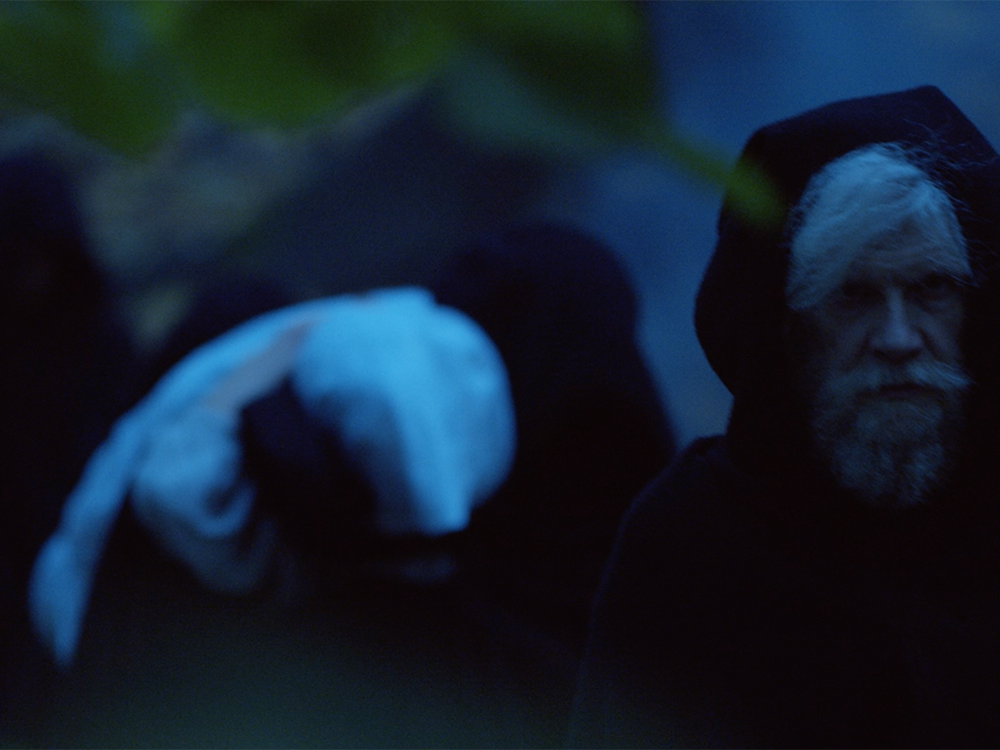Lennox Castle, located in Scotland, is a historic building with a rich and unforgivable past. It is situated near the village of Lennoxtown, in East Dunbartonshire, to the north of Glasgow. The castle was built in the early 19th century, and was designed as a residence for John Lennox Kincaid.
The castle was constructed in a Gothic Revival style, with features such as turrets, battlements, and arched windows. It was designed by the Scottish architect David Hamilton, who was renowned for his work on various other buildings and structures in the country. Construction of the castle began in 1837 and was completed in 1841.
Over time, Lennox Castle has undergone several changes in ownership and function. During World War II, it was used as a military hospital for the treatment of injured soldiers. After the war, it became a psychiatric hospital, which it remained until it was closed in the early 2000s. The castle and its grounds have since fallen into disrepair, with the building suffering from vandalism and the ravages of time.

Lennox Castle “I never worked in a “worse pit”
Lennox Castle Hospital was the largest mental hospital in Britain when it was opened by the old Glasgow Corporation in 1936. At its peak, it housed as many as 1,500 patients aged from 10 to 80. Why were very young children in an adult institution in the first place? We need to know what happened to these children especially now that unmarked children’s graves have been discovered.
Those who survived Lennox Castle reported torture, beatings and death. Overcrowding, poor living conditions, inadequate medical care, and the use of controversial or harmful treatments were also uncovered. Patients were sometimes subjected to physical restraints, electroconvulsive therapy (ECT), and even lobotomies.
Conditions were so bad by the 1980s that Doctor Alasdair Sim (the hospital’s Medical Director at the time), said he had never worked in a “worse pit”, and that he was “sick to the stomach about the plight of these poor people”. A 1989 study by the British Medical Journal found that a quarter of patients at Lennox Castle Hospital were dangerously underweight and malnourished.









